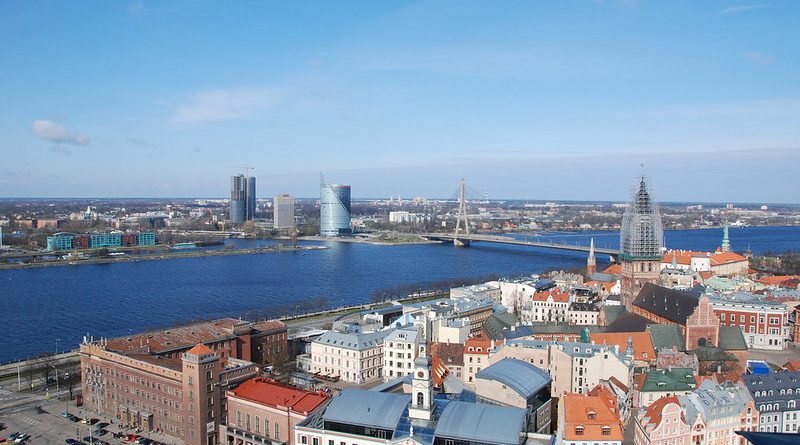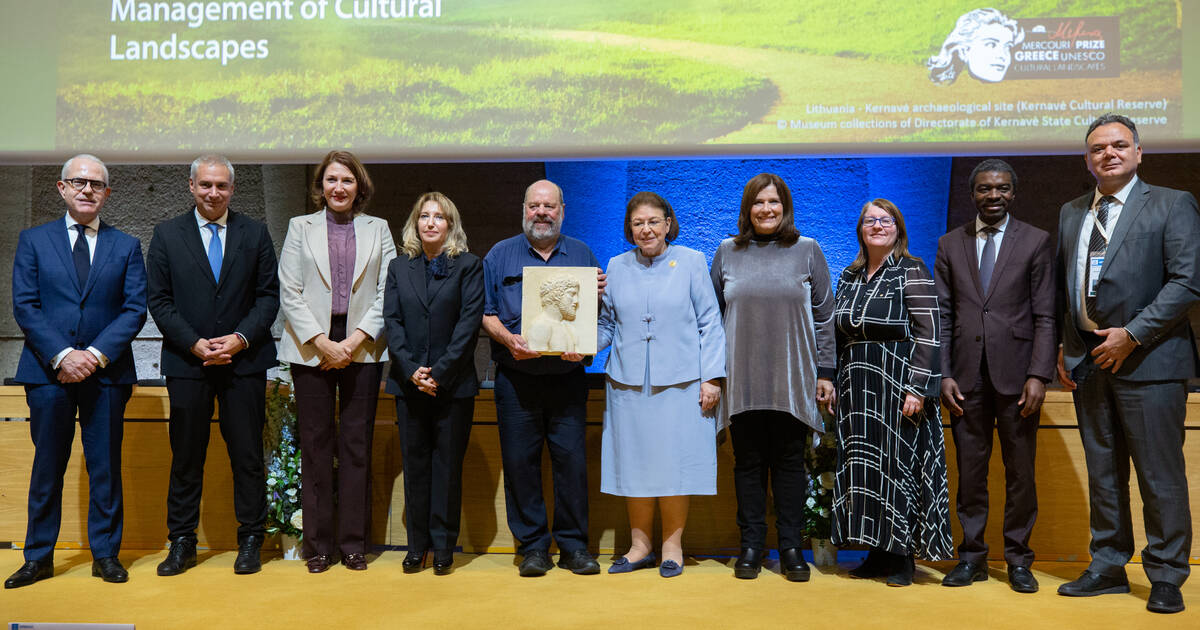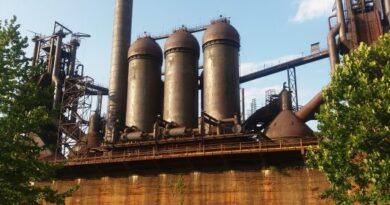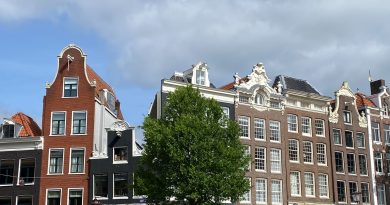Riga – The Paris of the East
Known in its heyday as “the Paris of the East”, Riga is the largest, most vibrant city in the Baltic region. Its history and architecture reflect the influences of Russian and German culture on its underlying Latvian traditions.
Latvia’s capital city is split into two parts, on the East and West banks of the River Daugava. On the east bank you’ll find Riga’s pleasant Old Town, with many medieval buildings and also some German architecture dating from around the 17th century. To the east of the old town, the city canal winds between open parks which separate elegant, 19th century boulevards. This is the ideal place for a stroll to soak up some of Riga’s special atmosphere.
Also in the Old Town, Riga’s brick cathedral was founded in 1211, and next door is the fascinating Museum of the History of Riga and Navigation. This is a great place to learn about the growth of the city and its past as a commercial and social centre from the 14thcentury to today.
Another must-see is the Powder Tower, with its pointed spire that’s easy to spot on the city’s skyline. This was originally part of the old city wall defences, and is first mentioned in 1330. Its walls are up to three metres thick, and its name comes from the 17thcentury, when it was used to store gunpowder. Appropriately, it now houses the Latvian War Museum.
Riga’s continued popularity as a trade and political centre in the 18th and 19th centuries meant that many new buildings also went up to accommodate the growth of suburbs around the medieval town. You might not expect it, but Riga has one of the finest concentrations of Art Nouveau architecture in Europe. As you walk though the city, keep your eyes peeled for the trademark curved porches, leafy motifs, clean lines and classical influences of the Art Nouveau style. You can find more information on Riga’s unique architectural heritage at the UNESCO website at http:\\whc.unesco.org
|
Heritage is our legacy from the past, what we live with today, and what we pass on to future generations. Our cultural and natural heritage are both irreplaceable sources of life and inspiration. What makes the concept of World Heritage exceptional is its universal application. World Heritage sites belong to all the peoples of the world, irrespective of the territory on which they are located.
whc.unesco.org
|
If you’re after a bit of nightlife as well as some culture, Riga’s bars and clubs are plentiful, lively and affordable. Riga also boasts the only permanent circus in the Baltics, complete with some bizarre animal acts that are worth going to see. Other attractions include the bright, busy market near the bus station and some great value restaurants where you can experience hearty Latvian cooking and hospitality, including some excellent vegetarian fare.
Once you’ve got hold of a Riga City Map, transport is simple, as all the routes for buses, trolley-buses and trams are clearly shown. Buses also run regularly between the airport and the town centre. Trains are a cheap and easy way to get around if you’re planning to visit nearby towns like Jurmala on the coast, or the moving concentration camp museum at Salaspils.





